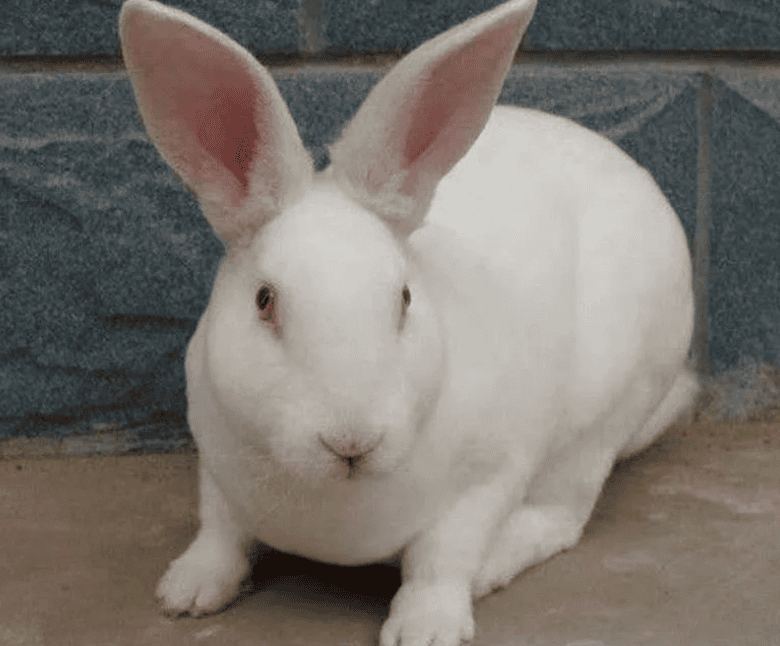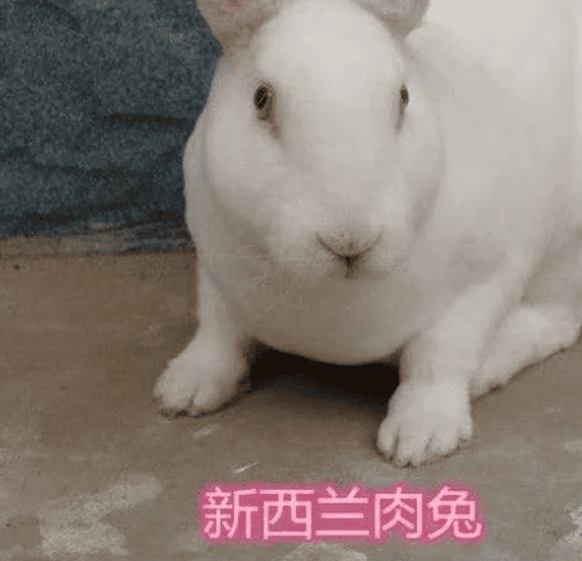Infertility in female rabbits is generally divided into three aspects: functional infertility, nutritional infertility, and disease-induced infertility. Of course, there are also congenital infertility and infertility caused by technical errors. Let’s explain them one by one below. , for infertile female rabbits, adopt a plan of elimination or treatment.

Functional infertility
1) Rabbits lose their ability to reproduce as they age. For this reason, breeding rabbits aged 0.5 to 2.5 years old should be selected as the breeding group.
2) If the female rabbit has not participated in breeding for a long time, the ovary of the female rabbit will atrophy, resulting in temporary loss of reproductive function and infertility. You can feed malt or use aphrodisiacs such as trisynthetic hormone (1 ml per intramuscular injection per rabbit), diethylstilbestrol (2 mg per rabbit once) to stimulate ovarian activity. When a female rabbit is in estrus, she can be mated with a male rabbit with strong sexual desire. After several repeated mating stimulations, most female rabbits can regain their reproductive ability.
Disease-induced infertility
A variety of diseases such as ovarian cysts, endometritis, vaginitis or underdevelopment of reproductive organs may cause infertility in female rabbits. Although most of this type of infertility can be cured, its economic value is not great, so it is not suitable to select this type of rabbit for breeding.
Brucellella, Toxoplasma, and Spirespirosis are also important causes of infertility in female rabbits. These pathogens can be spread under natural conditions and can also be infected under natural mating conditions. The infected rabbits have obvious clinical symptoms. The principles of prevention and control are early detection and early treatment, good environmental sanitation of the rabbit house, good disinfection, enhanced nutrition, and enhanced body resistance to disease.
Nutritional infertility
1. Overnutrition turns the replacement breeding rabbits into obese commercial rabbits. It is recommended that farmers prepare feeds scientifically, appropriately adjust the proportion of concentrates, ensure that the crude fiber in the diet accounts for about 15%, and supplement appropriate amounts of hay, vegetables, etc.
2. Multiparous female rabbits are too thin due to lack of nutrition. Some female rabbits give birth to many litters and have a long lactation period, which consumes too much of the mother's nutritional reserves and makes it difficult to recover. Therefore, attention should be paid to "gradually" increasing the feeding amount and increasing the proportion of protein in the diet during the lactation process of the female rabbit.
3. The feed varieties are single, the protein supply is low, and vitamin E is insufficient. Pay attention to the nutritional balance of the feed, and adjust and improve the feed.

Congenital infertility
This disease mostly occurs in replacement female rabbits. Some animals can obtain better reproductive effects through intramuscular injection of diethylstilbestrol and follicle-stimulating hormone, but those that have not been in estrus for a long time and whose treatment is ineffective should be eliminated in time.
Infertility due to improper technical operation
The breeders are unclear and inaccurate in identifying whether the female rabbit is in estrus, and the breeding is not timely, resulting in infertility. When a female rabbit is in estrus, she will lose her appetite and become restless. She will hit the bottom of the cage with her hind paws. If she is placed in a male rabbit cage, she will like to be close to the male rabbit and be willing to mate. You can also judge whether a female rabbit is in estrus by observing her vulva. When a female rabbit is in estrus, the vulva will be moist, red and swollen. If it appears pink, it is the early stage of estrus; if it appears bright red, it is the middle stage of estrus; if it appears purple, it is the climax of estrus. This is the best time for breeding.
Inappropriate dilution and storage methods of artificial insemination semen, failure to clean the disinfectant of utensils, wrong selection of diluents, frequent use of ovulation induction, improper operating techniques, etc., determine the key to successful insemination.
If you want a female rabbit to have a high pregnancy rate, give birth to a large number of babies, and have excellent offspring, it is very important to choose good breeds and the best breeding time, as well as accurate fetal examination technology.
Treat reproductive organ diseases in a timely manner. Those with repeated infertility should be eliminated. Normally, attention should be paid to a comprehensive nutritional mix of feeds and reasonable feeding to avoid rabbits that are too fat or too thin. 5 to 10 days before breeding. Appropriate supplement of vitamin E. Ensure the lighting time is 12 to 14 hours a day. Artificial lighting can be supplemented during short daylight periods. Long-term exposure to high temperatures should be avoided, especially for male breeding rabbits.

 扫一扫微信交流
扫一扫微信交流
发布评论